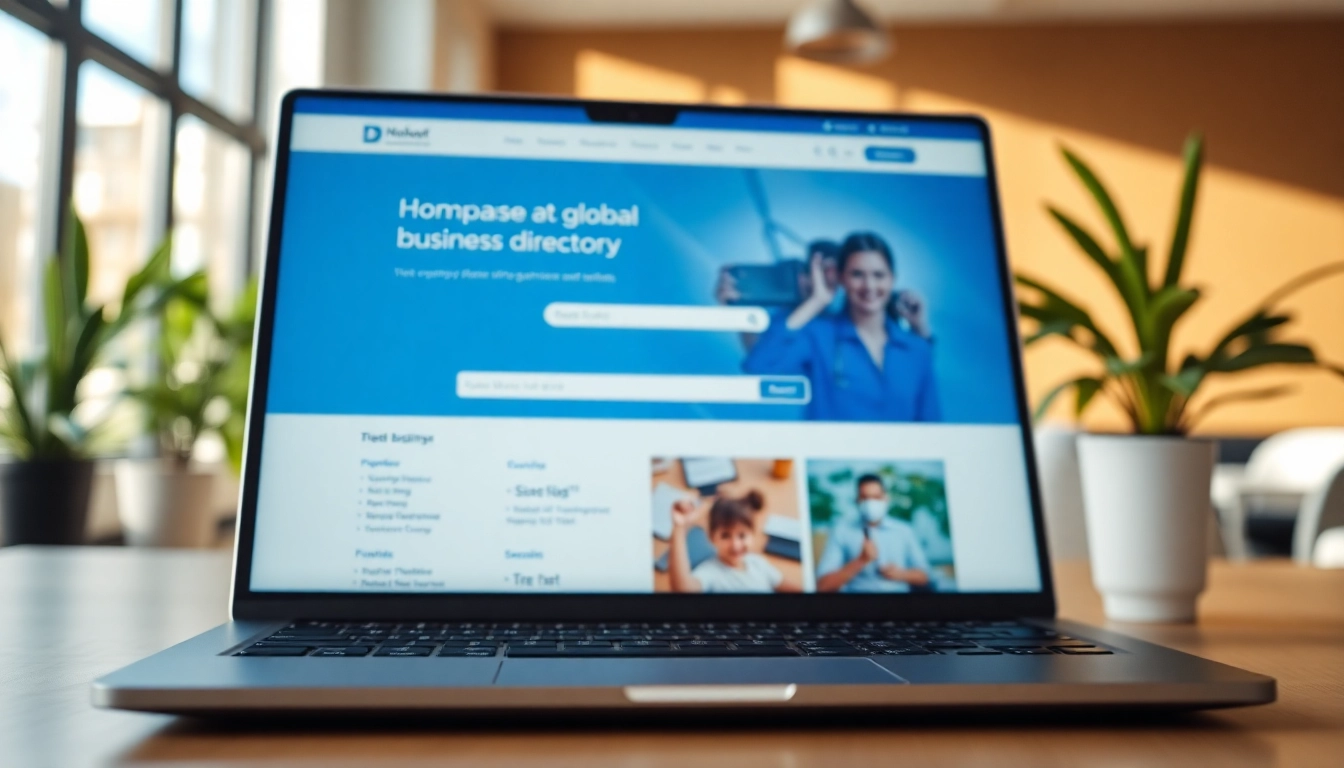Understanding Document Authenticity
In a world where information is often exchanged digitally and physical documents can easily be reproduced, discerning the authenticity of a document has never been more critical. Whether it’s a degree certificate, a government-issued ID, or a financial statement, the ability to answer the question, how do I know this document is real is a necessity in both personal and professional spheres. The potential for fraud is rampant, and having a good grasp on verification methods not only helps in avoiding scams but also protects one’s reputation and resources.
What is Document Verification?
Document verification is the process of assessing and validating the legitimacy of a document. This procedure can vary in complexity, from simple visual inspections to elaborate technological measures that detect alterations or fakes. The primary goal is to ensure that the document in question meets certain criteria established by law, organizations, or governing bodies.
Verification processes often involve the comparison of the document against known standards, assessments of its physical characteristics, and checks against databases to confirm authenticity. Whether it’s for employment, loans, licenses, or legal purposes, effective document verification is crucial.
Common Types of Authentic Documents
Documents typically subjected to verification include:
- Government-issued IDs: Passports, driver’s licenses, and national ID cards are vital for identity verification.
- Educational certificates: Degrees and diplomas that require validation for job placements or further education.
- Financial documents: Bank statements, tax returns, and loan agreements often undergo scrutiny for accuracy and authenticity.
- Legal documents: Contracts, leases, and certifications must be legitimate to safeguard legal rights.
Importance of Document Verification
The importance of document verification cannot be overstated. In many cases, the wrong assumption about a document can lead to financial loss, legal issues, or damage to one’s reputation. Verification plays a critical role in:
- Fraud Prevention: Authentication deters counterfeiters and protects individuals and organizations from fraud.
- Compliance: Many industries have regulatory requirements mandating robust verification processes.
- Informed Decision-Making: Trusting the information contained in verified documents allows organizations to make informed and confident decisions.
Key Signs of a Fake Document
Identifying a fake document requires keen observation and knowledge of what authentication entails. Below are key signs to watch for:
Visual Clues to Identify Forgery
Fake documents often exhibit several common visual anomalies. Observers should consider:
- Inconsistent Formatting: Attention to detail is critical; irregular fonts, spacing, or alignment may indicate a forged document.
- Poor Quality Printing: Blurred images or smudged text can suggest counterfeit origins.
- Unusual Material: Authentic documents typically use specific paper types. If the paper feels inappropriate or the ink smudges, there may be cause for concern.
Security Features to Look For
Many legitimate documents come equipped with built-in security features designed to combat forgery. These include:
- Watermarks: Authentic documents often feature watermarks visible when held against light.
- Microprinting: Tiny text can be an element of protection; it is difficult to replicate using standard printing methods.
- Holograms: The presence of holograms can also serve as a definitive sign of authenticity.
Common Forgery Techniques
Understanding how forgeries are made can further aid in identifying fake documents. Common techniques include:
- Basic Copying: Using high-quality printers to replicate documents without considering security features.
- Alterations: Modifying genuine documents to change information, such as amending dates or figures.
- Digital Forgery: Using graphic design software to create completely new documents that mimic legitimate formats.
Tools for Document Verification
Incorporating technology into the document verification process can significantly improve accuracy and efficiency. Below are prevalent tools that can assist you in verifying documents:
Digital vs. Physical Verification Tools
Document verification can be performed through various means, including:
- Digital Verification Tools: Software solutions can scrutinize digital documents, flagging irregularities and confirming authenticity through algorithms.
- Physical Inspection Tools: These include UV lights for checking watermarks and magnifying glasses for examining fine print and microprinting on physical documents.
Using Technology for Effective Verification
Leveraging technology enhances the verification process. Some effective uses of technology include:
- Database Checks: Comparing document details against official databases can confirm the legitimacy of IDs, certificates, and financial records.
- Blockchain Technology: This new technology allows for secure and tamper-proof verification systems, especially in contracts and identity verification processes.
Best Practices in Document Authentication
To ensure a thorough document verification process, consider the following best practices:
- Standard Operating Procedures (SOPs): Develop and adhere to consistent procedures for verifying different document types.
- Training: Regular training for all employees involved in document verification can help recognize potential fraud.
- Document Management Systems: Use secure and organized systems to store valid documents, making it easier to perform checks.
Legal Implications of Document Fraud
Understanding the legal ramifications surrounding document fraud is crucial for both individuals and organizations. The law imposes strict penalties for those who forge or fraudulently use documents.
Understanding Fraud Laws
Fraud laws vary by jurisdiction, but many places define forgery and the use of fraudulent documents as serious criminal offenses. Convictions can lead to hefty fines and significant prison sentences depending on the severity of the fraud.
Consequences of Using Fake Documents
The repercussions of using fake documents can be severe:
- Legal Consequences: Those caught using forged documents often face criminal charges and civil lawsuits.
- Personal Liability: Individuals may be held responsible for any damages that arise from using fraudulent documents, leading to potential financial ruin.
- Reputational Damage: Accusations of fraud can devastate one’s personal and professional reputation, potentially ending careers and relationships.
Reporting Document Fraud
If you suspect document fraud, it is essential to report it to the proper authorities immediately. In many jurisdictions, there are specific channels for reporting fraud, whether through local law enforcement agencies or regulatory bodies. Document any evidence you have to support your case and cooperate fully during any subsequent investigations.
Resource Guide for Document Verification
For those keen on bolstering their knowledge of document verification, numerous resources can facilitate this journey:
Accessing Online Resources
Many websites provide information on document verification, including tutorials, toolkits, and guidelines. Regulatory bodies often publish best practices and standards for authenticity.
Consulting Experts in Document Authenticity
Engaging with experts in the field can provide insights and practical advice that drastically improve verification processes. Consider hiring consultants or seeking training sessions for staff involved in document management.
Creating a Verification Checklist
Having a checklist specific to the types of documents you frequently deal with can streamline the validation process. A well-prepared checklist will guide you through each verification step, ensuring consistency and thoroughness in your evaluations.











Leave a Reply